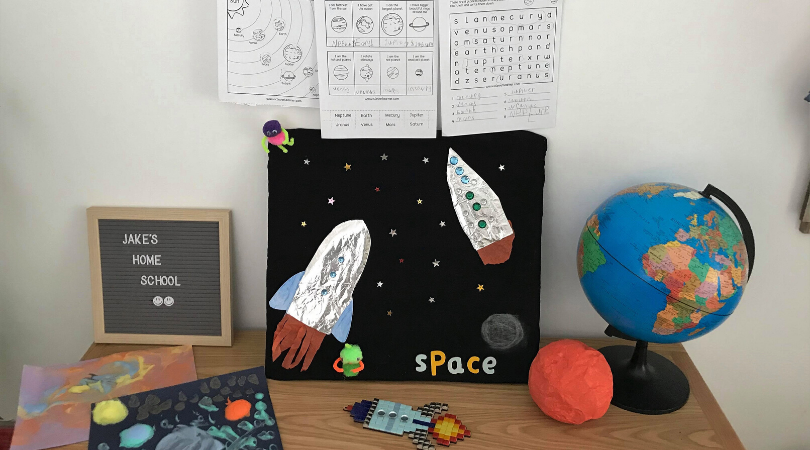
12 Fun Home Learning Activities To Teach Your Kids About Environmental Issues

*Affiliate Links
Talking to your kids about environmental issues may seem like a tricky task. There is so much you could delve into, there are a lot of facts and figures plus there are some topics that may be upsetting. As much as it is important to raise these issues with them, it is also vital that you do it in a way that is interesting, fun and will have a lasting effect… In the right way, of course! Here are my own fun home learning activities which will help to teach your kids (and you too) about environmental issues whilst also finding things that you could do as family to help to improve them.
Environmental Books
We recently purchased 6 books to help us to talk to the children about a variety of environmental issues. I always find that books really engage children and even if you’ve said it, they seem to take the information more seriously if they see it written down or in a TV show. Our collection includes books on plastic waste, recycling, waste in general, pollution and destruction. There are so many amazing books out there right now but you can read about these 6 books that we chose in one of my previous blogs here.
There are so many ways in which you could use the information in books to incorporate into home learning activities. You could ask your children to act the book out to show how they understood or interpreted it. You could have open and honest discussions on them. You could ask them to write their own book on that particular topic. If it is a nature book, why not take it out with you on a nature trail and look for plants, flowers, trees or animals which feature? You could write a list on how your family is going to help with that issue. You could write down pledges and promise to stick to them. You could ask your child to draw a comic book strip version of the book to breakdown what happened and why.
Jake’s take on Dinosaurs and All That Rubbish:
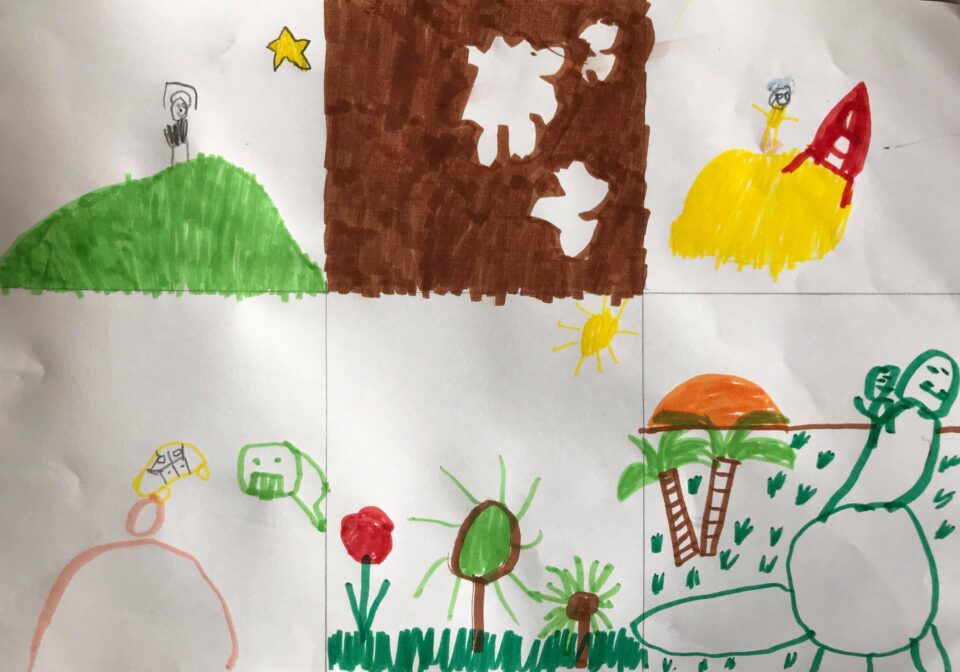
Nature Photography
Going out on nature walks gives you the perfect opportunity to talk about what you can see but another way to encourage your children to look more closely, to inspect every flower and insect and to truly appreciate all that we have around us is by taking a camera for them to use too. By allowing them to have full control of your camera, you are also giving them extra responsibility which helps them to be more eager to learn. Use this time to look at what is living around us, discuss why we need to protect it, ask your children what may put our wildlife at risk, look at the litter and chat about how they could make a difference to help wildlife in the future.



Grow Your Own
At the heart of sustainable living comes the act of taking only what you need, being self-sufficient and giving back as much as you can. A great way of starting on a journey like this is by growing your own fruit and vegetables. Now, we have a very small garden and I am sure some of you may not have any outdoor space at all so I fully understand that this may be tricky. If you can afford it and if you have the time you could look into the possibility of owning an allotment plot but if not, do your research on which fruit and veg you can grow in planters, in hanging baskets, on windowsills and so on because you can actually achieve a lot with just a small space. Getting your kids involved with the gardening is vital in showing them where things come from, what goes into the growing process, it teaches them how to look after things and will give them valuable time outside.



Make Your Own Products
Using lots of chemicals around your home isn’t ideal and most of these come in plastic packaging too. One way to change this is to make your own cleaning products and even weedkiller as we have been doing recently. All are perfectly safe for children to be around, it will teach them a new way of looking at how natural products can be used and it is so much fun for them too– a bit of a science experiment.
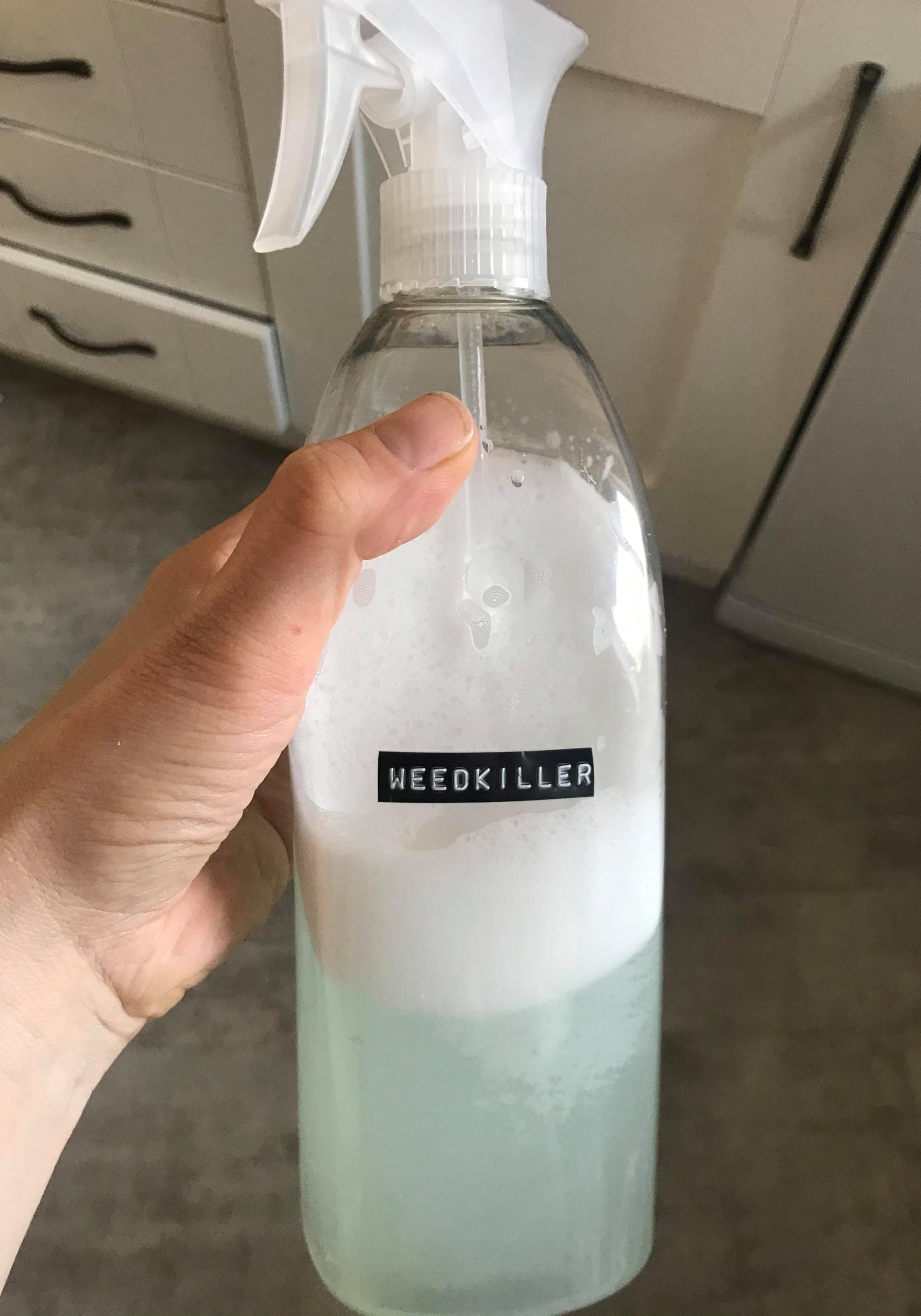

Get Building
Whether you want to build a planter for flowers or maybe your veg? A garden for the kids to tend to, a bird table, a bug house, a bird box or bee home, do this with the help of your children. It is such a good way of getting them active, using their brains to problem solve, to give them something to be proud of at the end and to continue to use in the future.

You may want to read:
Composting
Another fun activity to do together outside is to start a home compost system. There are many ways of doing this and I have some great tips for anybody starting out in this blog post here. For Jake’s home learning, we set our compost bin up in a different spot in the garden, we talked about what can and can’t go in, we looked at what layers we needed to ensure that our compost broke down well, we hunted for snails to add to the bin and discussed the importance of insects in the world. We then came inside and Jake drew a diagram of all that he learnt.

Reduce, Reuse, Recycle
You could easily spend a day just on this topic as there is so much to cover. We worked through what each statement means and how we can implement that in our lives, what each means for the environment and the importance of each of them. Ethique have some amazing worksheets on their website here and we printed some off to help with our learning.
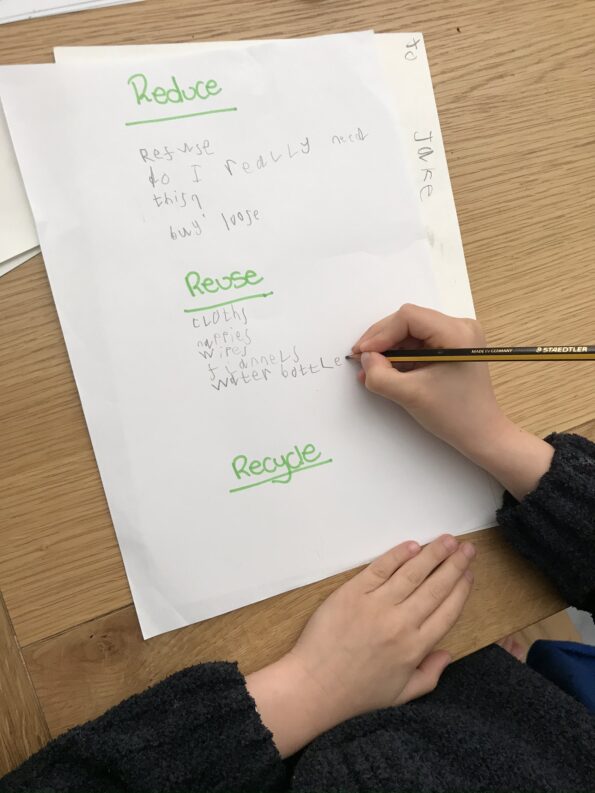

Terracycle
This follows on nicely from the last point. Terracycle is a service offered to us to help to recycle items that are not collected with our kerbside waste. I had always wanted to look into it and I took the opportunity to enlist Jake’s help. We both navigated the website, I let him decide which items we should be sending off, we made lists of what waste we needed to recycle and we looked up the contacts to see who did what in our area. This was quite long-winded but it was really good for him to see what systems are in place, to talk about why it is important to recycle as much as possible, what landfill is, what it looks like (get images up on Google for this) and why it is vital that we reduce what we send there. This was also good for him to use a computer and learn how to send an email.
Talk About The World
Taking the time to look at a globe, at a map of the world or at images of it on the internet is a key way of showing children why we must take care of it. Let them explore the different countries, answer their questions, ask them to study one area and to draw a picture of what it has to offer. Talk about the different climates, why some countries are hot and why others are cold. Look up what animals live where and which ones need our help. You could come up with learning ideas to incorporate drawings, writing, art, water and sand play.
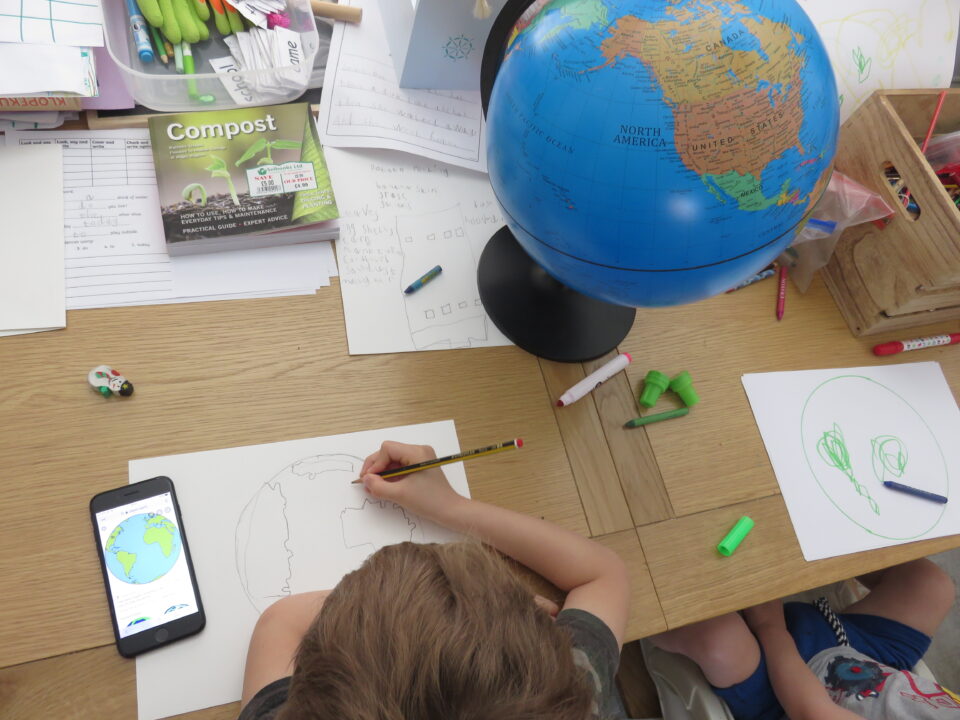
Clean Up The Oceans
This was my favourite activity. I asked Jake about the oceans and the litter that is in them. He is already very aware of the Great Pacific Garbage Patch and he knows that a young man came up with a clever solution to try and clean it up. So, I challenged him to create his own ocean cleaning machine. He had to plan it out, look at what materials we had around the house to use, he then had to design it and also build it (with my help in places)… Plus it had to be functioning! He did such an amazing job with this:
The windmill turns (powered by solar panels at the back) and this allows the buckets to scoop up the rubbish. They drop it into the box to the right which has a vacuum on the back. This sucks it into the main waste machine and once it is full, the rubbish falls down the slide into a boat which takes it back to shore. What will your kids come up with?





Litter Picking
It may surprise you that I included this as a fun activity to do with the kids but honestly, it really is! Jake has always loved to pick up litter so I recently bought us some litter grabbers from Amazon which has made it so much easier, faster and more fun. If we show our kids that it isn’t right to drop litter and if they are seen picking it up by passers-by, then they will be making a big difference.


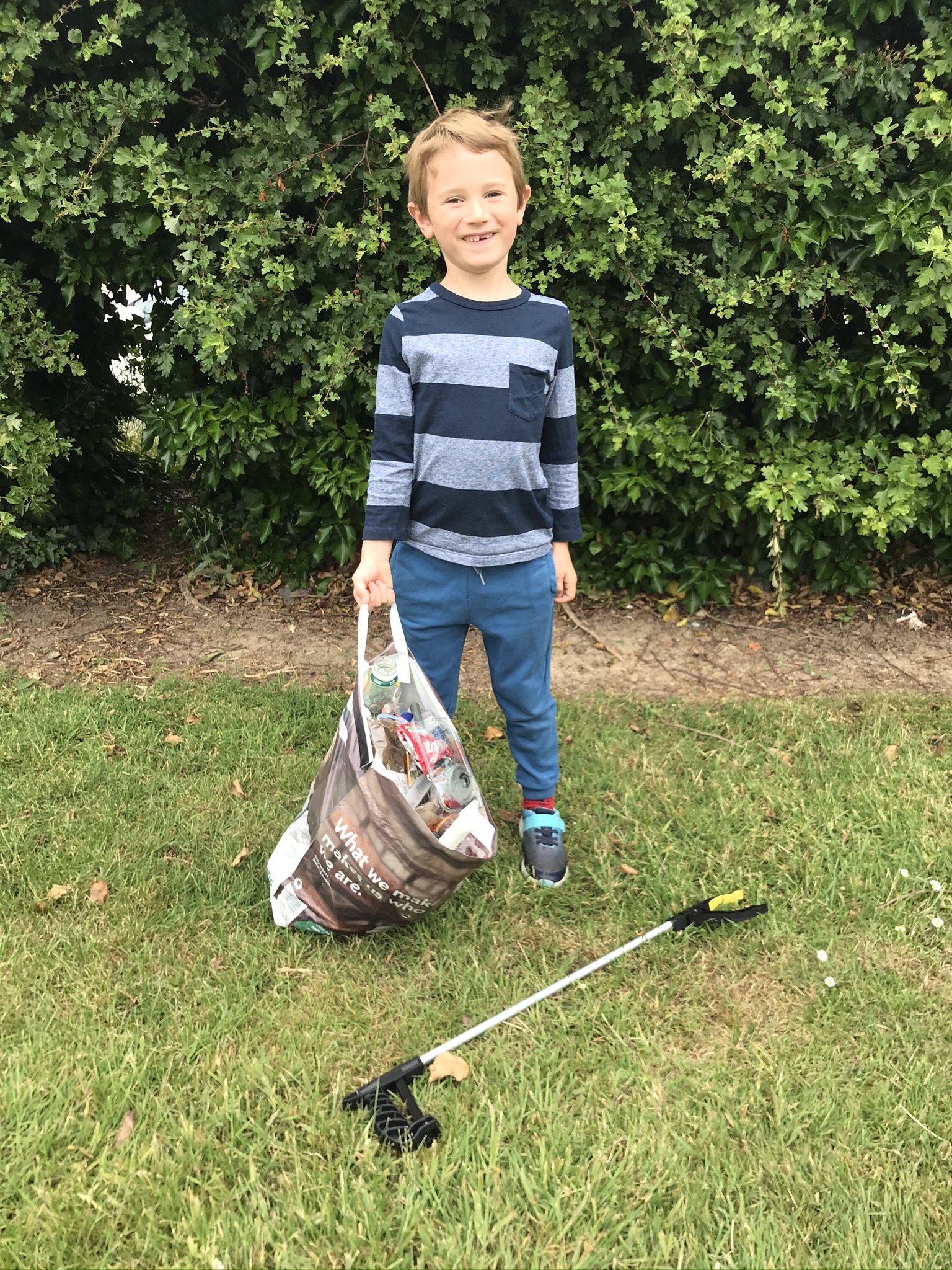
Apply For The Green Blue Peter Badge
And finally, after all of that learning fun why not take some of it to send off and apply for your green Blue Peter badge? What a wonderful way for your kids to show off how green they can be! To find out more check out their website here.
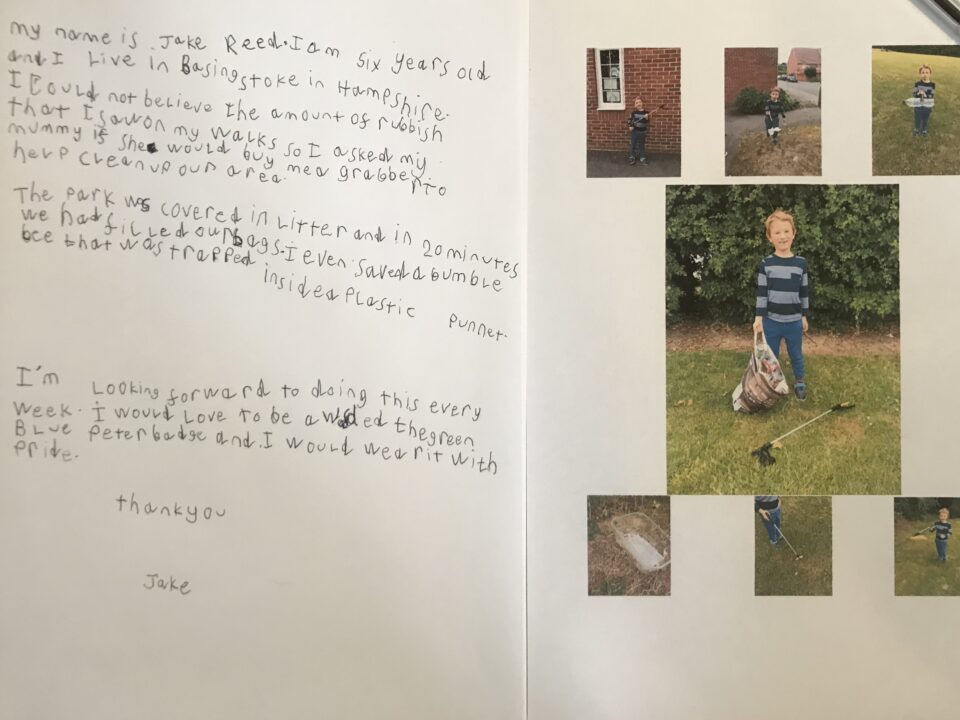
I hope you have as much fun as we did with these home learning activities.

Pin for later:




